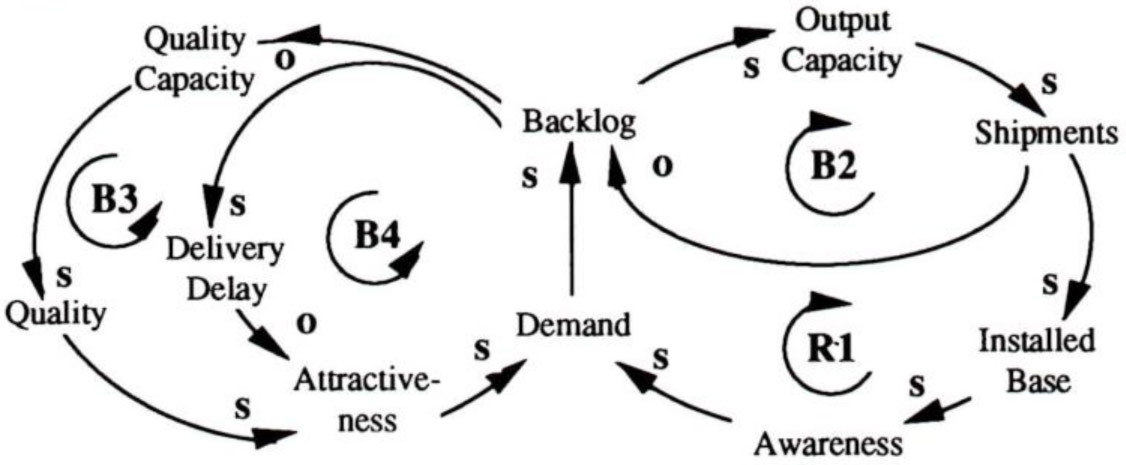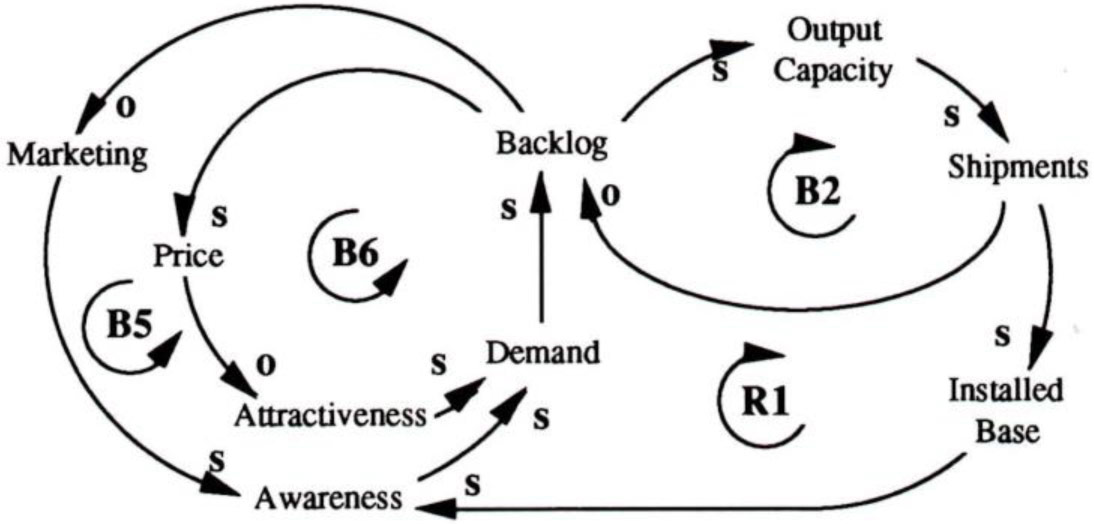At MacWorld 1987 I bought my first hard drive. It was made by Jasmine, a company that was creating a sensation because of its superior product, attractive prices, and great customer service. In 1990, when I began shopping around for a second hard drive, Jasmine was still at the top of reviewers’ lists, and their prices were the lowest. But I was told I would have to wait six weeks for the product, so I bought from a higher-priced competitor. It seems that I was one of many disgruntled customers who turned away from Jasmine, forcing it to seek Chapter 11 bankruptcy protection this past spring.
A MacWEEK editorial (April 3, 1990) summarized the downfall of this company that was once a “Mac user’s dream.” According to the editorial, Jasmine became successful because it sold directly to users at a low cost. Its quality product, coupled with a reputation for superior customer support, vaulted the company’s revenues to S30 million in 1988. But when money became tight, quality and customer service were the first to go.
The editorial hit upon all the right points but lacked a coherent framework for explaining why Jasmine failed and how other promising startups can avoid the same fate. If we try to understand Jasmine’s downfall from a systems perspective, we can see the classic “limits to success” principle.

A strong reinforcing loop (right) fueled Jasmine’s growth. Eventually demand out-stripped production capacity. Jasmine’s management allowed the demand pressure to create an unavoidable balancing effect by letting quality deteriorate and raising delivery delay (left).
Jasmine’s initial success was fueled by a strong reinforcing feedback loop. The introduction of a quality product created demand, which increased the installed base of users. Word-of-mouth advertising from the users raised the awareness of the product, which led to further demand and created rapid growth.

Rather than allowing the demand pressure to balance itself, management could have actively designed balancing loops (left) by reducing marketing and increasing prices.
But after a certain point, demand began to outstrip the company’s capacity. In order to keep up with demand, management shortened production time by lowering quality standards. The effects were not felt right away. It took time before word got around that the product quality had deteriorated. While the perceived attractiveness remained high, demand increased even further. With limited production capacity, Jasmine continued to fall behind demand and customers had to wait longer and longer to receive their product. By the time the low quality and high delivery delay were widely reported in the trade press, the company was already in deep trouble.
What would have happened if management had actively designed its own balancing effect rather than allowing the demand pressure to force one on the company? For example, management could have sharply reduced marketing, thus decreasing product awareness. Or they could have raised prices, thus decreasing product attractiveness. Both policies would generate more funds for capacity investments, which would enable them to maintain their product and service quality. In contrast, the passive approach of letting the system create its own balancing loops generated customer disappointment without any benefit for the company.
Ernst W. Diehl is the president of MicroWorlds, Inc., a software development and management consulting company that specializes in interactive training and the design of model-based executive information systems
